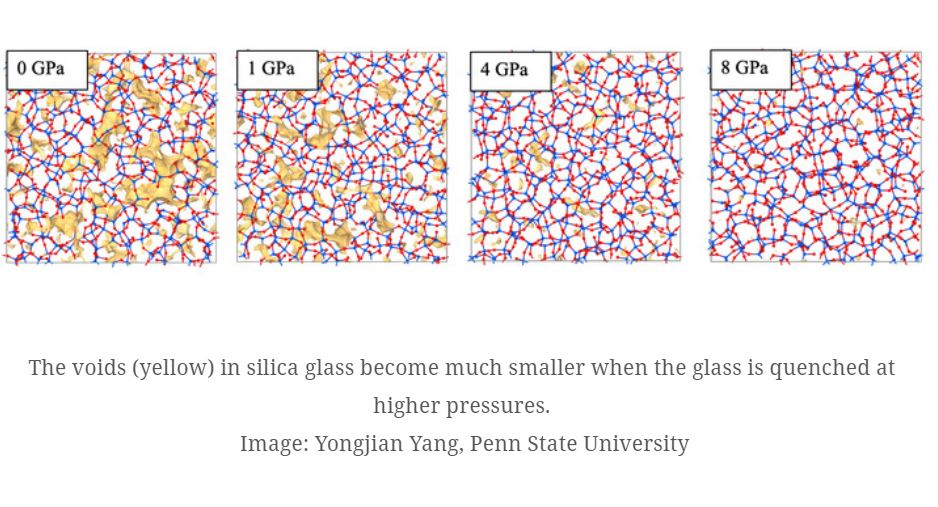
Rapid, accurate communication worldwide is possible via fiber optic cables, but as good as they are, they are not perfect. Now, researchers from Penn State and AGC Inc. in Japan suggest that the silica glass used for these cables would have less signal loss if it were manufactured under high pressure.
“Signal loss means that we have to use amplifiers every 80 to 100 kilometers (50 to 62 miles),” said John C. Mauro, professor of materials science and engineering, Penn State. “After that distance, the signal wouldn’t be detected properly. Across continents or across oceans that becomes a big deal.”
Glass fibers lose signal strength because of Rayleigh scattering — scattering of light that comes from fluctuations in the glass’s atomic structure.
“Glass, on an atomic scale, is he...
Read More






Recent Comments